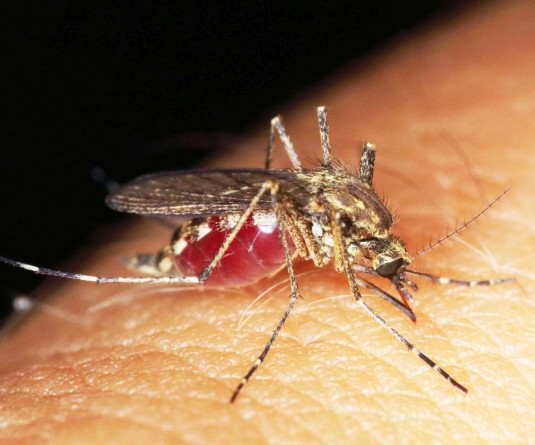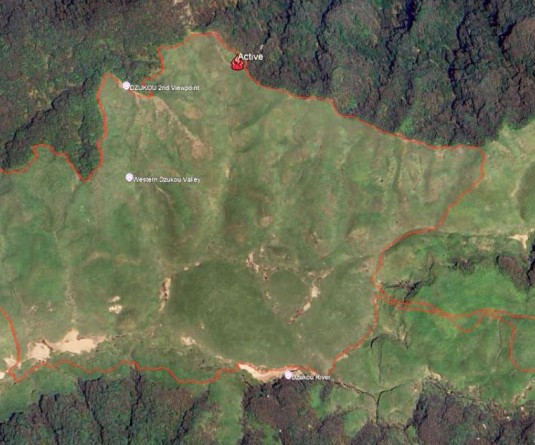
Our Correspondent
Kohima | August 20
During the Census 2011 in Nagaland, several strategies were implemented to create awareness among the census functionaries and the public about gender sensitive issues and to generate correct response from the respondents, especially women.
In Nagaland, the sex ratio of the total population is 931, out of which the sex ratio in the rural and urban areas stands at 942 and 905 respectively. This is much higher than the average sex ratio of Nagaland in 2001, but is still lower than the National average which is 940.
This was stated in the Census of India 2011, Provisional Population Totals Paper 2, Volume II of 2011, Rural and Urban distribution, Nagaland Series 14, which was released by the Directorate of Census Operations, Nagaland recently.
The corresponding figures for the state in 2001 were 900 for total population and for the rural and urban areas the figures were 916 and 829 respectively.
“It is interesting to note that in a State like Nagaland with no known reports about female foeticide or pre-natal gender selection, there is so much disparity in the gender ratio. Although further research may be needed to substantiate this, the infant mortality rate of the girl child maybe higher. Like any patrilineal society, there is a general preference for sons, especially in the rural areas, and so better healthcare and nutrition is usually given to the male child,” a copy of Paper 2 publication made available to The Morung Express stated.
Thought there is still much to be desired in order to attain equilibrium in the gender ratios, an improvement was shown in the gender ratio between 2001 and 2011 (From 900 to 931). It may be safe to attribute this improvement to the growth of education or literacy rates in the state, which has been rising steadily to reach 80.11% in 2011.
It stated that experts in the field of population studies say that a healthy sex ratio should be around 950-970 females to males.
In 2011, seven districts in Nagaland fall below the state average of 931 in sex ratio, while four districts namely Zunheboto (981), Wokha (969), Phek (951) and Kiphire (961) are above the state average of 931. Zunheboto district has the highest female to male ratio with a figure of 981 while Mon district has the lowest female to male ratio of 898. Longleng, Dimapur and Peren districts also have a dismal rate of female to male ratio, with figures 903, 916 and 917 respectively.
All the 10 districts have shown an increase in gender ratio except for the district of Peren, which went down from 946 in 2001 to 917 in 2011.
Out of the 26 towns in the state, five towns have recorded a higher percentage of female over male population i.e., Chumukedima (1026), Medziphema (1015), Tseminyu (1010), Peren (1003) and Kohima village (1001).
Among the towns which registered the lowest gender ratio, Rangapahar (Census Town) ranks lowest with 306 female per 1000 male. However, Rangapahar is a military cantonment, hence, this data should not be taken at face value, it said.
The towns with the lowest or most unfavorable gender ratio are; Tsudikong town (Under Mokokchung district): 574, Phek town: 779 and Naginimora: 786.
SEX RATIO BY
DISTRICTS IN 2011
Zunheboto - 981
Wokha - 969
Kiphire - 961
Phek - 951
Tuensang - 930
Mokokchung - 927
Kohima - 927
Peren - 917
Dimapur - 916
Longleng - 903
Mon - 898





